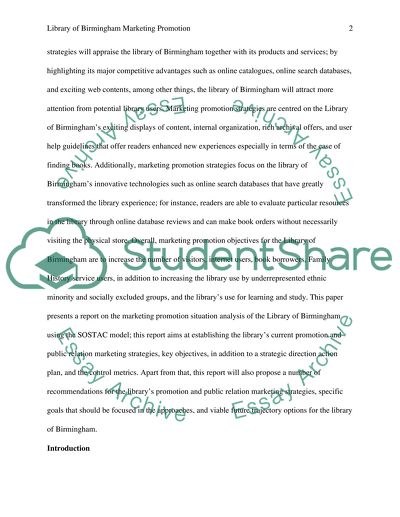Cite this document
(“Marketing in Practice Essay Example | Topics and Well Written Essays - 3250 words - 1”, n.d.)
Marketing in Practice Essay Example | Topics and Well Written Essays - 3250 words - 1. Retrieved from https://studentshare.org/marketing/1481863-marketing-in-practice
Marketing in Practice Essay Example | Topics and Well Written Essays - 3250 words - 1. Retrieved from https://studentshare.org/marketing/1481863-marketing-in-practice
(Marketing in Practice Essay Example | Topics and Well Written Essays - 3250 Words - 1)
Marketing in Practice Essay Example | Topics and Well Written Essays - 3250 Words - 1. https://studentshare.org/marketing/1481863-marketing-in-practice.
Marketing in Practice Essay Example | Topics and Well Written Essays - 3250 Words - 1. https://studentshare.org/marketing/1481863-marketing-in-practice.
“Marketing in Practice Essay Example | Topics and Well Written Essays - 3250 Words - 1”, n.d. https://studentshare.org/marketing/1481863-marketing-in-practice.


